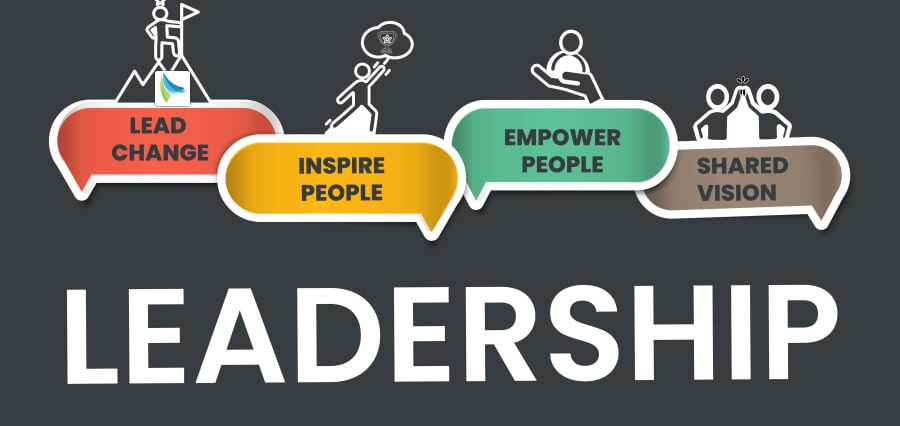Culture Meets Capital
In the modern, fast-changing business environment, the importance of corporate finance invention becomes much more than a technical or quantitative process; it is an increasingly human craft. To achieve long-term growth and impactful innovation, organizations should integrate cultural values, leadership attitudes, and workforce engagement into their financial strategy.
From Control to Empowerment: The CFO’s Cultural Shift
Conventional financial arrangements tend to employ command-and-control structures — top-down decision-making, austerity budgets, and rigid resource allocation. But contemporary CFOs are reinventing their role. Indeed, finance leaders are adopting a bottom-up approach in their culture of power, where power is now distributed to staff to create mutual purpose and drive innovation throughout the organization, as Deloitte reports recently. This is necessary to institutionalize corporate finance innovation in routine operations.
Human Capital as Innovation Catalyst
The fact is that investment in human capital, skilling, knowledge-sharing, leadership development, and team building are strong catalysts of innovation in any sector. One post-merger experience with ItaU-Unibanco demonstrated that increasing employee training, retention, and vision concordance contributed to excellent innovation, lower turnover, and financial performance. Likewise, Chinese firm studies (2007 to 2022) reveal that well-designed human capital strongly facilitates strategic as well as technological innovation, causing companies to increase their investment in R&D and expand upon their innovation results.
Culture as Competitive Advantage
Companies with rare, valuable, and hard-to-replicate cultures- key characteristics of high financial performance distinguish themselves by innovation. An entrepreneurial culture that embraces risk-taking, maintains flexible structures, and encourages transformational leadership supports both creative thinking and margin-enhancing actions. In the interim, research in various non-Western settings indicates organizational culture has a positive impact on marketing and innovations in technology, a factor that leads to enhanced performance. Notably, a culture that values communication, autonomy, risk-taking, and reward alignment was instrumental in the preservation of innovation initiatives.
Structure Techniques: Intrapreneurship, Ambidexterity & Spin‑outs
Intra-entrepreneurship, also known as intrapreneurship, has been successfully cultivated in several major organizations. Examples include 3M, Intel, Xerox, and the Skunk Works at Lockheed Martin, designating internal teams who are provided with the resources and freedom to innovate but remain within corporate finance control. Companies are implementing ambidextrous structures to prevent the success trap, pairing exploitative financial routines with exploratory experimentation, which is frequently through distinct innovation divisions or corporate venture arms.
Lean internal startups have been particularly successful: cross-functional teams, empowered by top leadership, provided with guardrails and autonomy, frequently hasten innovative results. Lean startup culture in enterprise embraces prototyping, customer feedback, and financial oversight that considers failure as a learning opportunity.
Leadership Diversity and Financial Literacy
The background of the CEO is an unexpected influential characteristic in the innovation performance. The analysis of the Chinese A-share companies suggested that when the CEO is culturally diverse and the financial literacy of the company is high, then the result of this combination is increased performance of corporate innovation. This understanding walks the bridge between culture and capital: CEOs with a sensitivity to, and understanding of, the culture generate environments most conducive to innovation.
Practical Strategies for Integrating Culture and Finance
How can organizations align culture with corporate finance innovation in practice? Drawing on business thought-leadership:
- Recruit and mobilize innovation champions, cross-functional individuals who are enthusiastic about human-centered innovation. Stimulate them to create proof-of-concept projects and quick pilots that are not burdened by bureaucracy.
- Form cross-functional task forces that integrate operations, finance, design, marketing, and Research and Development, to infuse multidimensional views into finance-based innovation programs.
- Build a culture of reframing failure as a means of learning, and where financial resource allocation supports experimentation, not just implementation. Reward systems and recognition mechanisms should reward risk-taking and innovation in thinking, rather than standard deliveries.
- Promote radical transparency and meritocracy. Companies such as Bridgewater drive innovation through tapping meetings, giving credit to the best idea, not anyone in a higher position of authority, and a culture of openness and responsibility.
- The finance role must take to heart a leadership position- enable the workforce to develop and upskill and use new financial technologies such as AI to democratize financial information through teams instead of holding it captive in a back-office silo.
Culture Meets Capital is not merely a clever phrase, but an important strategic exigency. Real corporate finance innovation occurs where there is human creativity and financial strategy. Companies that combine cultural sensitivity, staff empowerment, structural fluidity, and bright financial management unlock sustainable innovation.
Practically, this entails reframing finance as an enabler rather than a gatekeeper: financing lean experiments, investing in people, paying risk, and enshrining transparency. Competitive differentiation, strong performance, and the ability to flexibly respond to changes in volatile industries emerge over time with this integration of values and measures.
After all, corporate finance innovation is not just about new financial tools or models – it is about changing the human side of finance, the people, the culture, and the leadership thinking behind each investment, each budget, or each strategy decision.
Read More : Best CFO in India to watch in 2025












